Have you ever heard of the Northern Lights or the Aurora Borealis? This natural phenomenon is not only mesmerizing but also awe-inspiring. The Northern Lights is a natural light display that is visible in the high-latitude regions of the northern hemisphere. In this article, we will explore the fascinating world of the Northern Lights.
What Exactly are the Northern Lights?
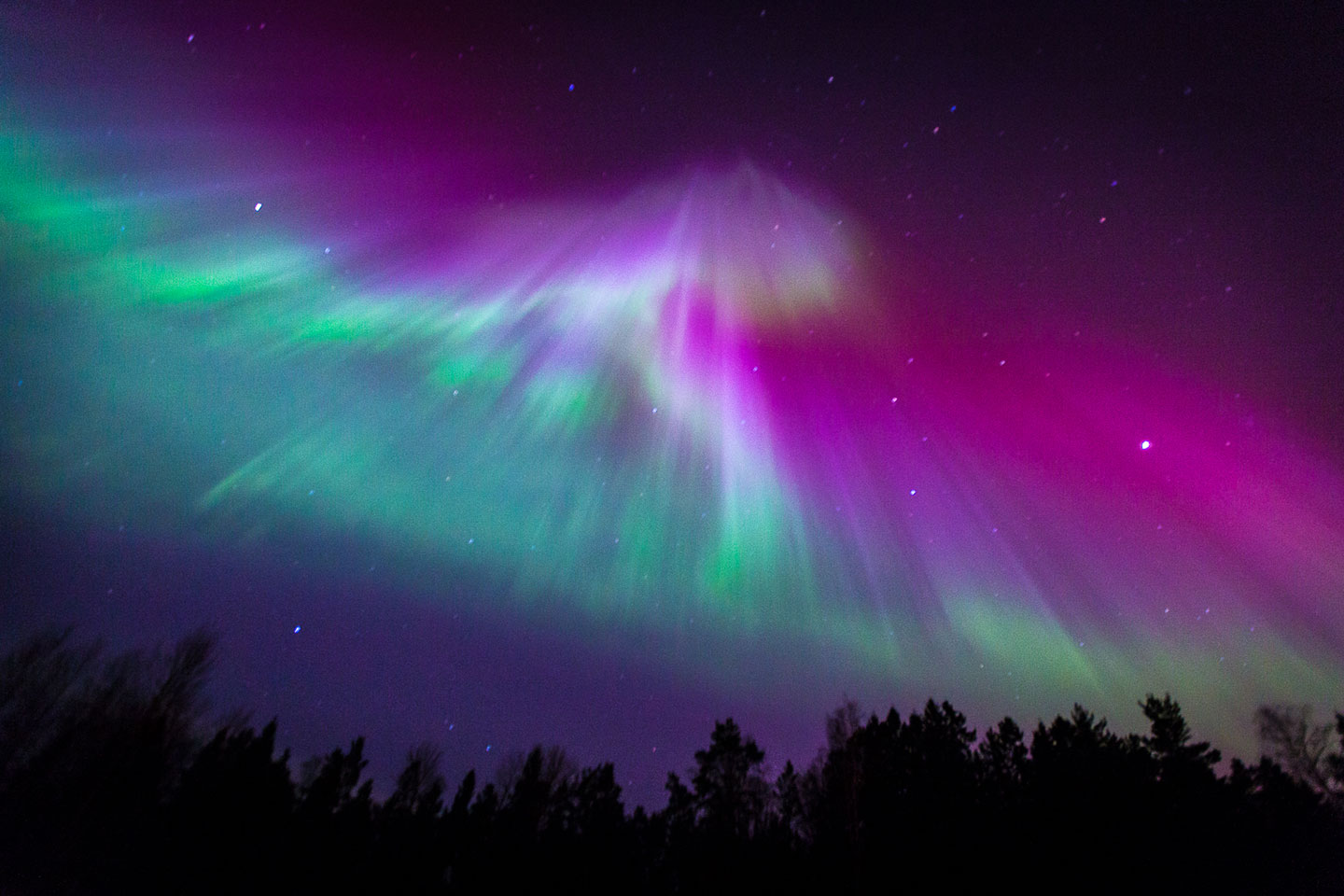
The Northern Lights is a natural light display in the sky that occurs when electrically charged particles from the sun collide with the Earth's atmosphere. The particles are drawn towards the Earth's magnetic poles, where they collide with gas atoms and molecules in the atmosphere. This collision creates a beautiful and vibrant light show that can be seen from the ground.
Where to See the Northern Lights?

The Northern Lights can be seen in the high-latitude regions of the northern hemisphere, such as Norway, Sweden, Finland, Iceland, Canada, and Alaska. However, the visibility of the Northern Lights depends on various factors, such as the time of year, weather conditions, and the level of solar activity. It is also important to find a location away from light pollution to enjoy the full beauty of the Northern Lights.
When is the Best Time to See the Northern Lights?
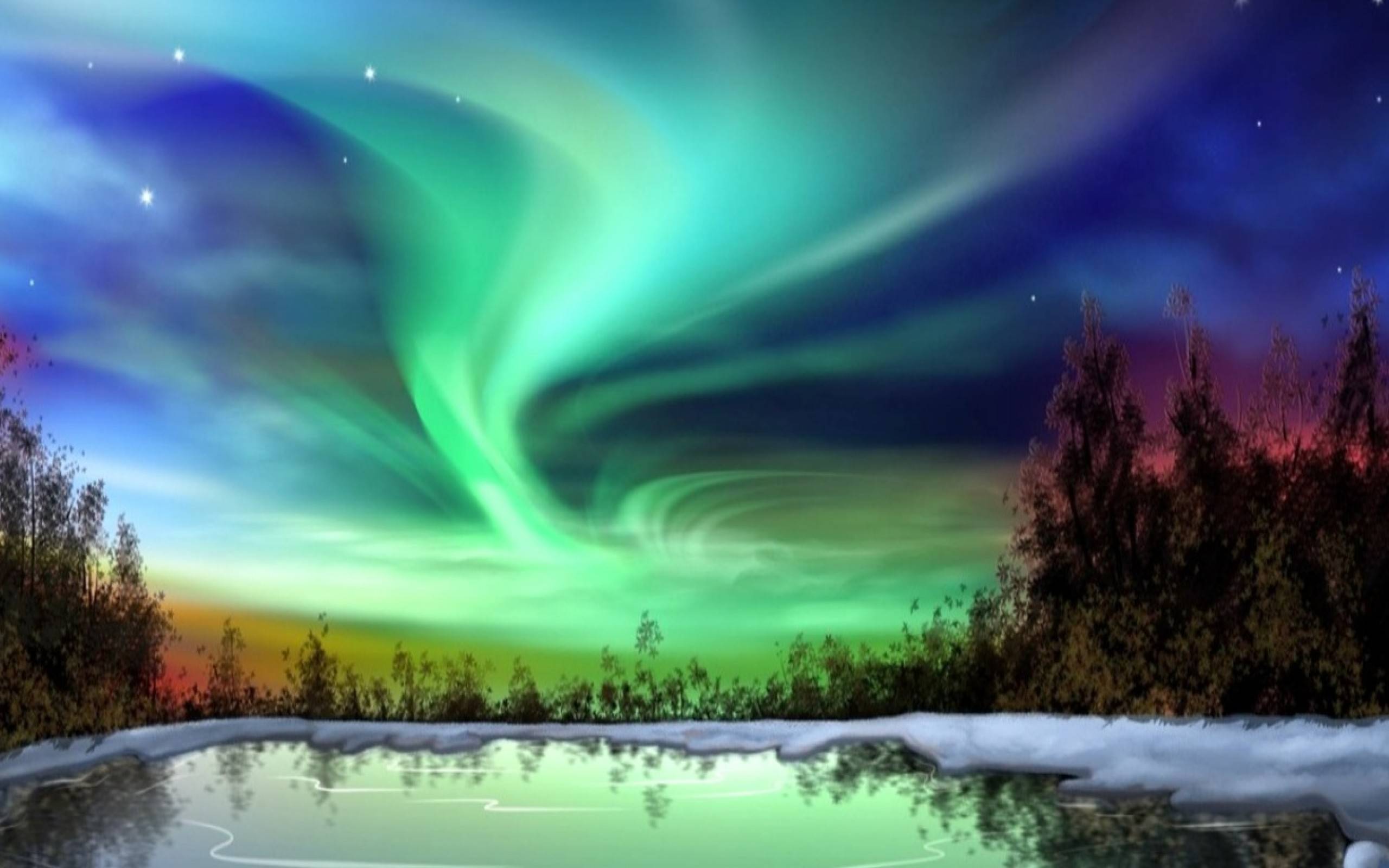
The best time to see the Northern Lights is during the winter months, from September to April. This is because the nights are longer, and the darkness provides a better contrast for the light show. Additionally, the level of solar activity is also higher during this time, increasing the chances of seeing the Northern Lights.
What Colors Can You See in the Northern Lights?
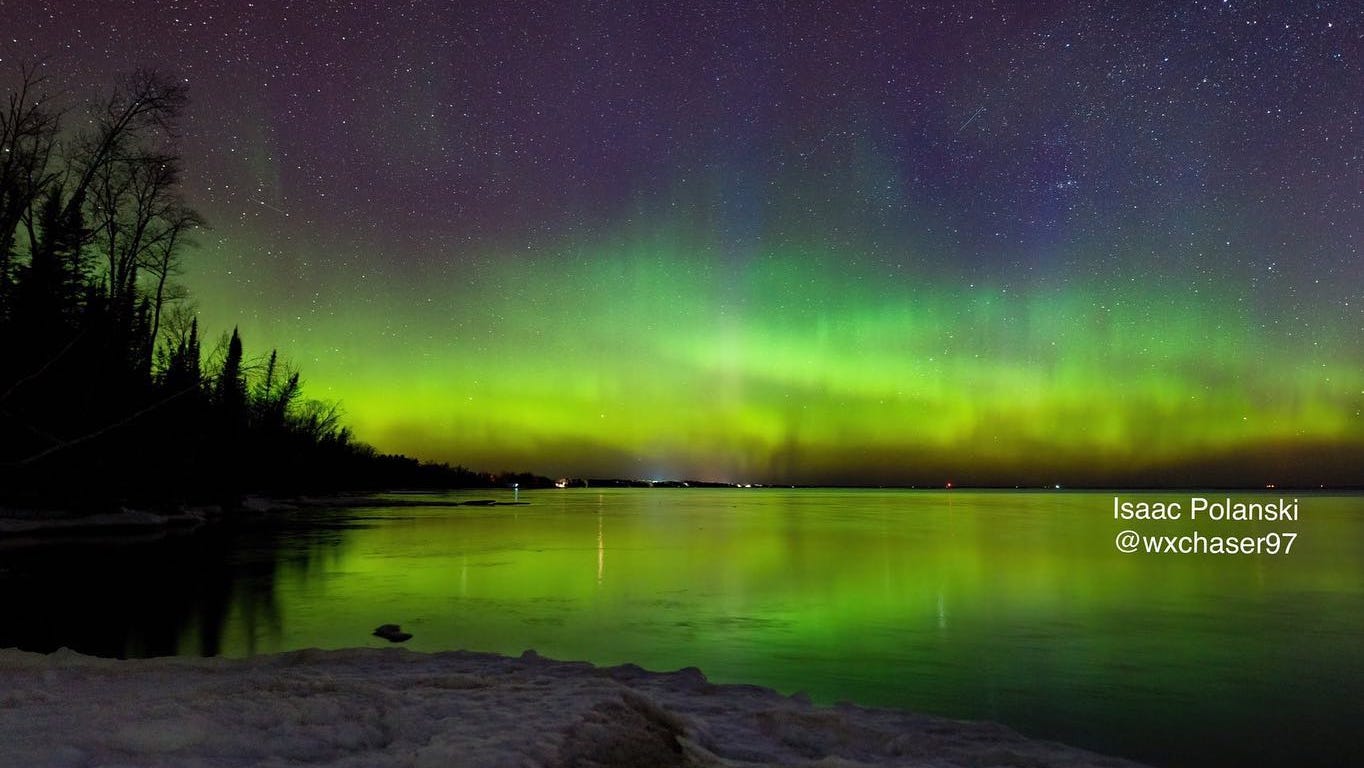
The Northern Lights can be seen in various colors, such as green, pink, red, blue, and purple. The most common color is green, which is caused by the collision of oxygen atoms in the atmosphere. The color of the Northern Lights depends on the type of gas particles that are colliding with the electrically charged particles from the sun.
What Causes the Northern Lights?
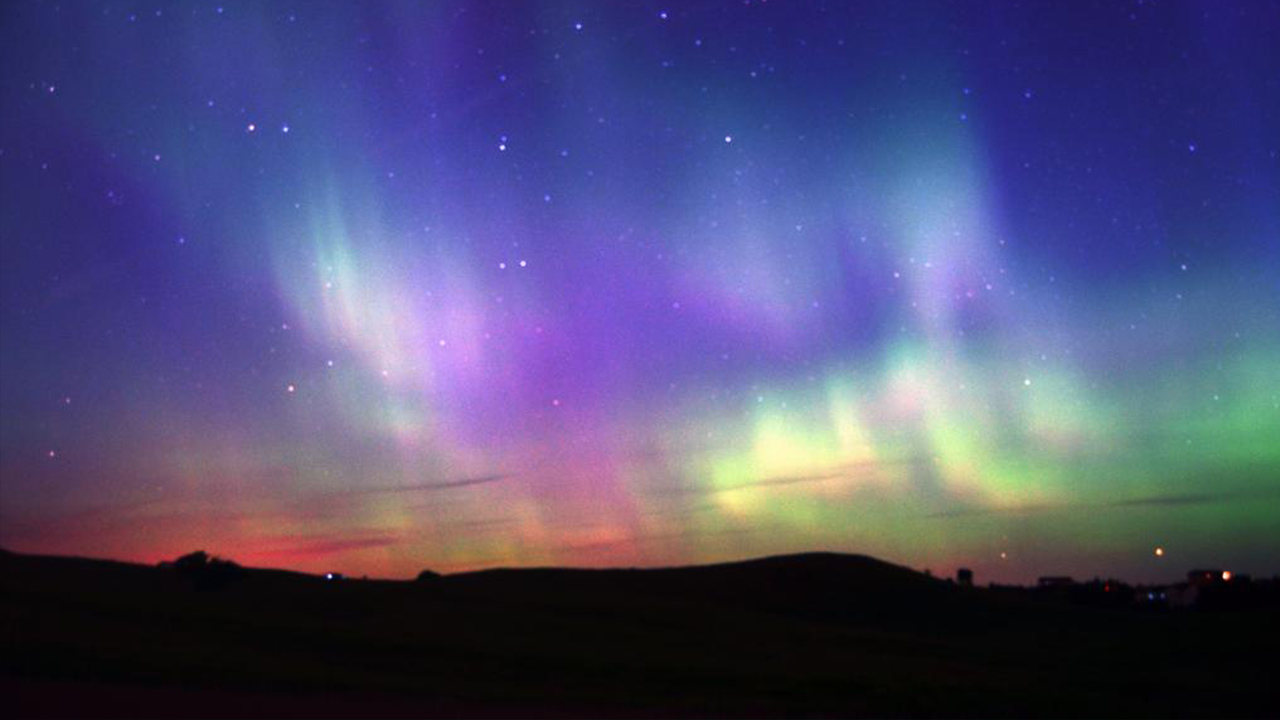
The Northern Lights are caused by the collision of electrically charged particles from the sun with the Earth's magnetic field. The Earth's magnetic field acts as a shield, protecting us from the harmful particles from the sun. However, some particles manage to slip through the magnetic field and collide with gas particles in the atmosphere, creating the Northern Lights.
What is the History Behind the Northern Lights?

The Northern Lights have been a source of wonder and mystery for centuries. In ancient times, people believed that the Northern Lights were a sign of the gods' anger or a message from the spirits. The Inuit people of Canada and Alaska believed that the Northern Lights were the spirits of their ancestors dancing in the sky.
What is the Science Behind the Northern Lights?
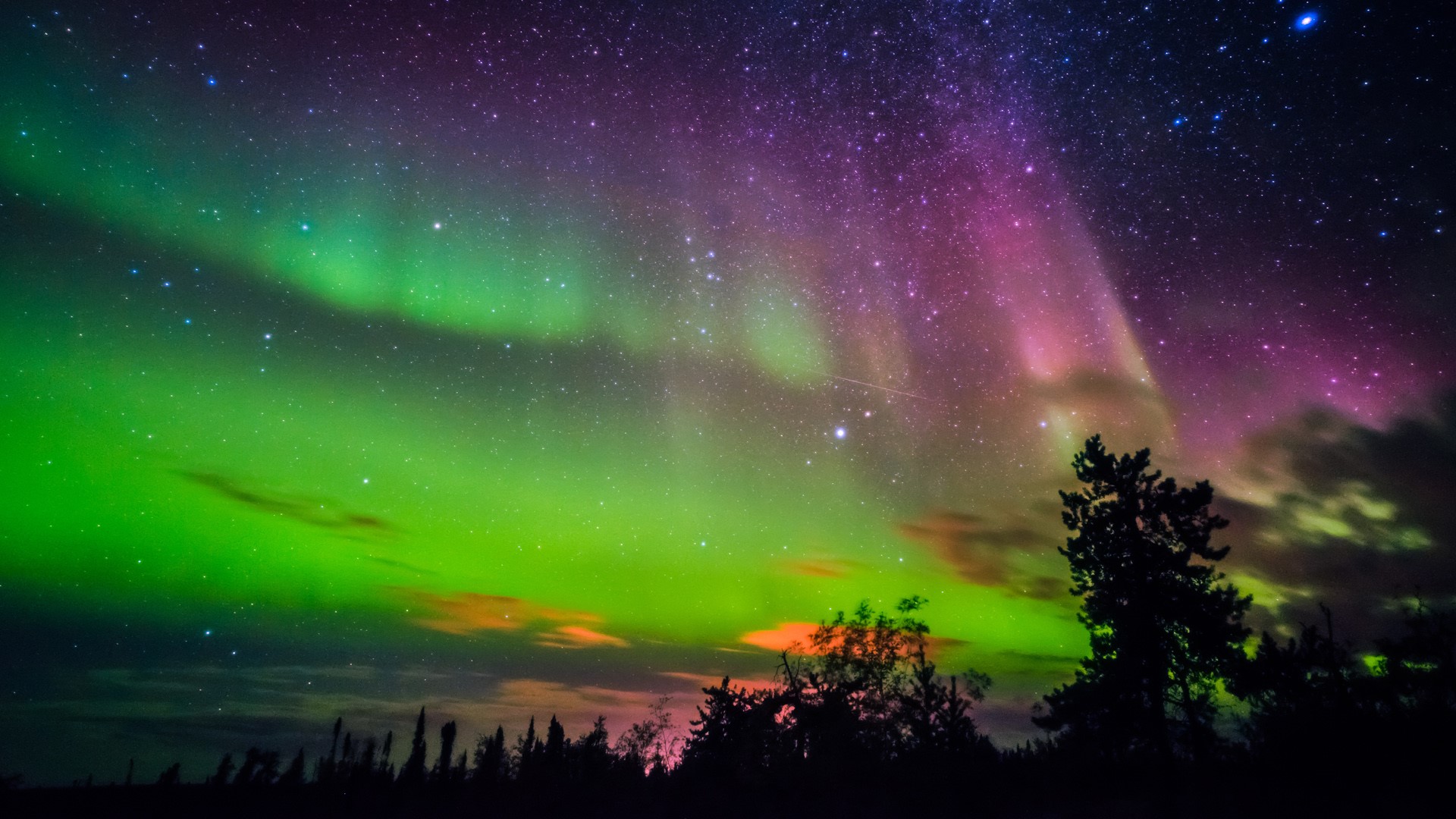
The science behind the Northern Lights is fascinating. The Northern Lights are created when electrically charged particles from the sun collide with gas particles in the Earth's atmosphere. These collisions create a cascade of light that is visible from the ground. The colors of the Northern Lights depend on the type of gas particles that are colliding with the electrically charged particles from the sun.
Can You Hear the Northern Lights?

The Northern Lights are a visual phenomenon, and there is no sound associated with them. However, some people have reported hearing crackling sounds during intense displays of the Northern Lights. These sounds are caused by the electrically charged particles from the sun interacting with the Earth's magnetic field.
What is the Best Way to Photograph the Northern Lights?

Photographing the Northern Lights can be a challenging but rewarding experience. To capture the beauty of the Northern Lights, you need to use a tripod, a wide-angle lens, and a camera with manual settings. It is also important to find a location away from light pollution and to use a remote shutter release to avoid camera shake.
Conclusion
The Northern Lights is a natural phenomenon that is not only beautiful but also fascinating. It is a reminder of the power and beauty of nature and a source of wonder for people around the world. Whether you see it in person or through photographs, the Northern Lights is an experience that you will never forget.